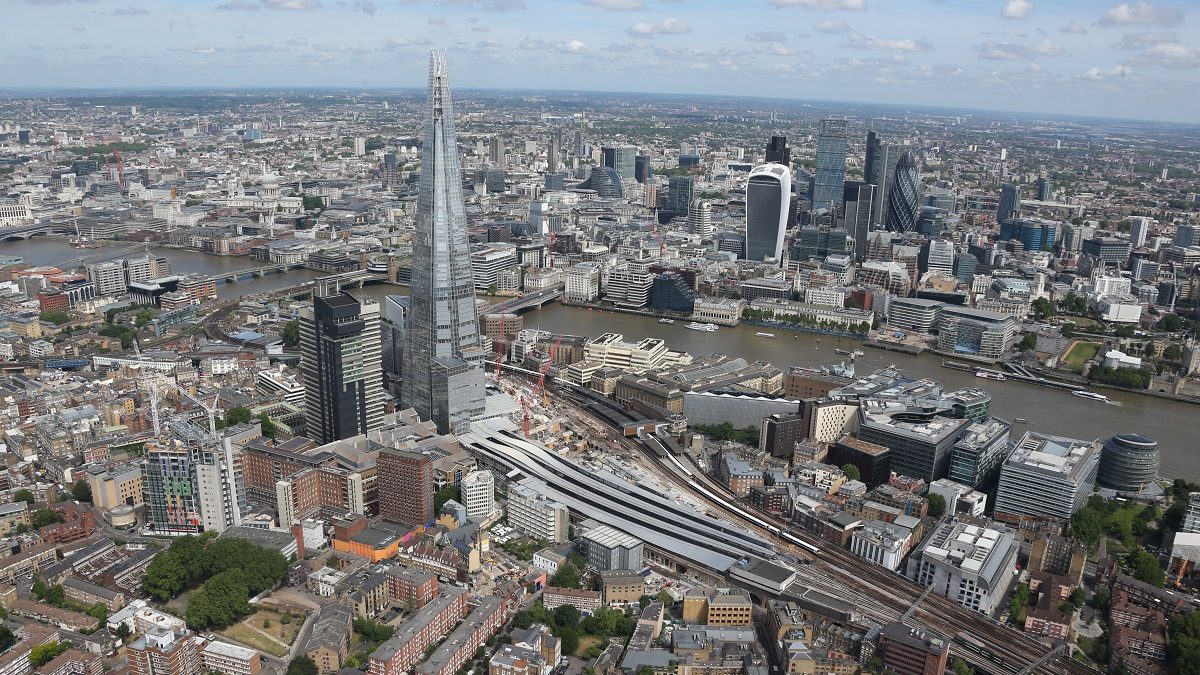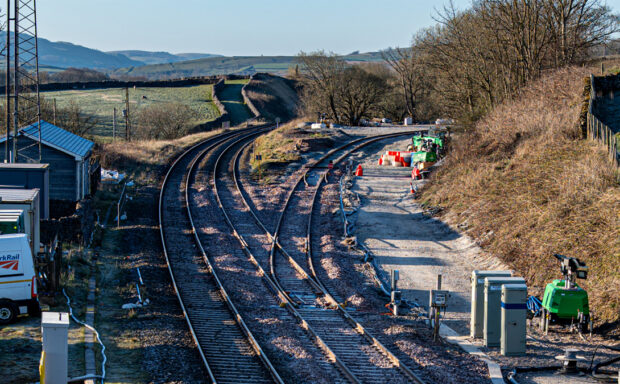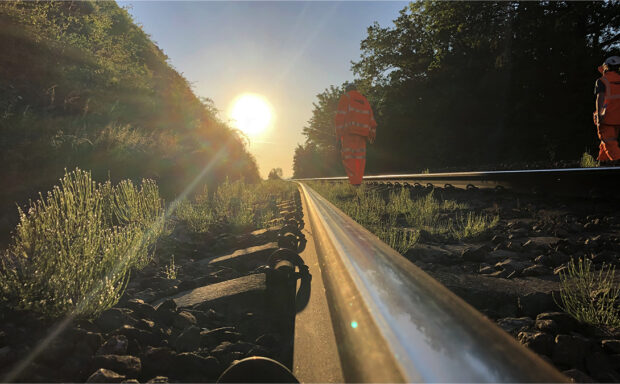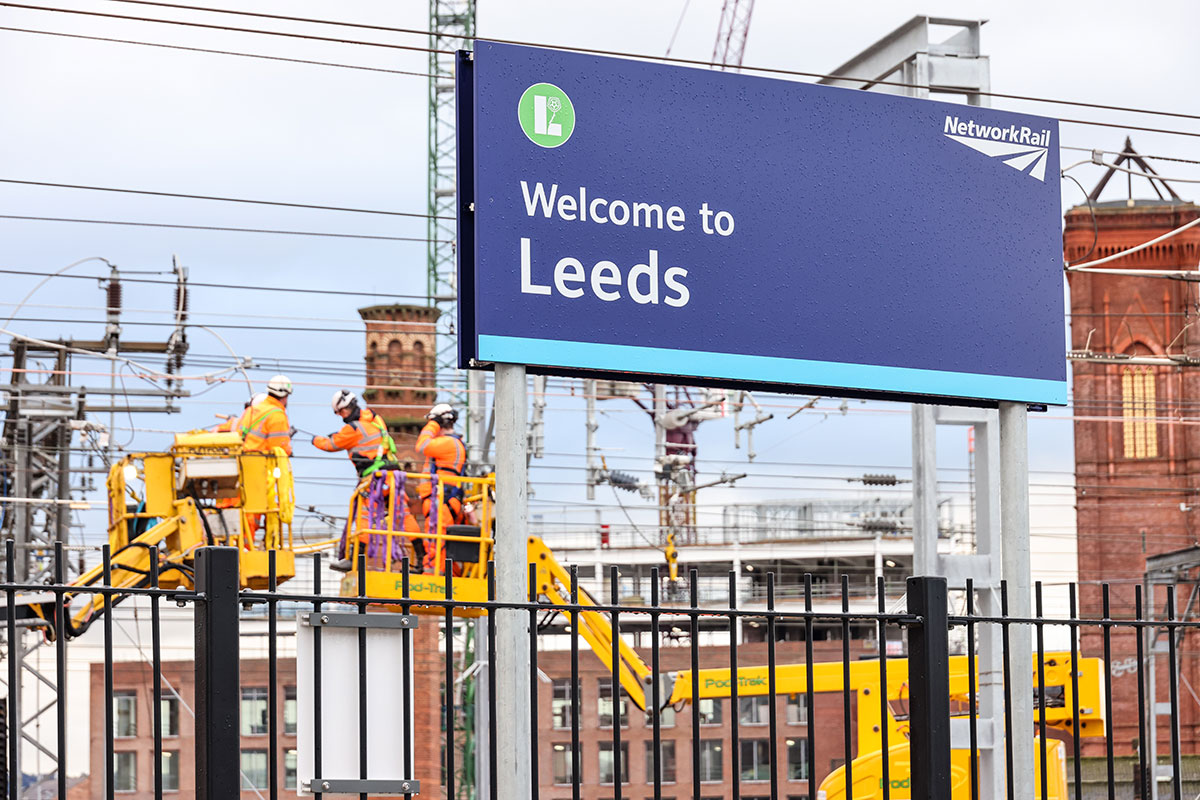We have just published our long-term plan for the Digital Railway – as we will need to replace two-thirds of our broader signalling system in the next 15 years.
What is the Digital Railway? Why do we need it? And how are we going to implement it?
The Digital Railway transformation is about delivering a more dynamic, responsive and fit-for-purpose railway for rail users in the digital age.
Digital train control technology will enable us to deliver services more efficiently and more cost effectively than with conventional technology. It will lead to more capacity on the railway and improved performance, safety and sustainability.
Two-thirds of our network’s signalling system will need replacing in the next 15 years. It’s a challenge that I believe makes now the right time for Digital Railway. It’s a way we can bring real benefits to passengers and freight customers through increased flexibility and faster and more frequent journeys
Andrew Haines, chief executive of Network Rail
Examples of our efforts to roll out digital technology include a digital-ready signalling and a traffic management system in south Wales to help operators manage the timetable.
The plan
The Digital Railway Strategy announced jointly by the Secretary of State for Transport and Network Rail’s chief executive in 2018 set out the delivery strategy for digital deployment across the network – identifying and prioritising schemes with the most compelling business cases.
Our long-term Digital Railway deployment plan co-ordinates train-fitment and infrastructure renewals. This will enable the future upgrade to full digital operation with minimal cost, time, effort and disruption to the running of our railway.

The plan takes account of the scale and complexity of fitting out more than 4,000 trains and upgrading more than 19,000 miles of railway for one of the busiest and most intensively operated railway networks in the world.
We can’t fit out a railway of this size and complexity quickly. A project this huge will need a steady programme of asset renewal to manage the transition to digital technology and maintain continuity of services for passengers and freight operators.
But Digital Railway will only happen if we are committed as an industry to deliver it in an efficient way, working together to solve issues and make the most of opportunities.
This plan provides a long-term pipeline of projects, providing suppliers with greater clarity on the investment needed in resources and staff, and helping the industry as a whole to research and develop innovative ideas and broaden skill sets and capabilities, so that we are prepared to deliver the 21st century railway our passengers and freight users deserve.”
Andrew Haines
Examples of our efforts to roll out digital technology include a digital-ready signalling and a traffic management system in south Wales to help operators manage the timetable.
Next steps
In the future, we will make major signalling renewals digital or digital-ready to pave the way for adoption of the European Train Control Systems (ETCS).
Digital train control is already being deployed on the Thameslink core through London and on Crossrail.
We fitted a new signalling system at Liverpool Lime Street station as part of its upgrade last year, which is as digital-ready as possible.
We have also deployed traffic management tools on our Western, Anglia and Wales routes to predict and prevent timetable conflicts and to recover services more quickly when disruption occurs.
For example, the Thales ARAMIS system in south Wales helps more than 300 trains a day. It provides real-time enhanced data to operators, flags potential conflicts and helps train running controllers proactively manage services.
It minimises the knock-on delays that can cause widespread disruption after an incident and allows real time re-planning so services can quickly return to normal.
The implementation in Wales is an Operational Decision Support Tool (ODST), which is an isolated system. It helps operators manually intervene and make informed decisions rather than being directly linked to the signalling control systems.




